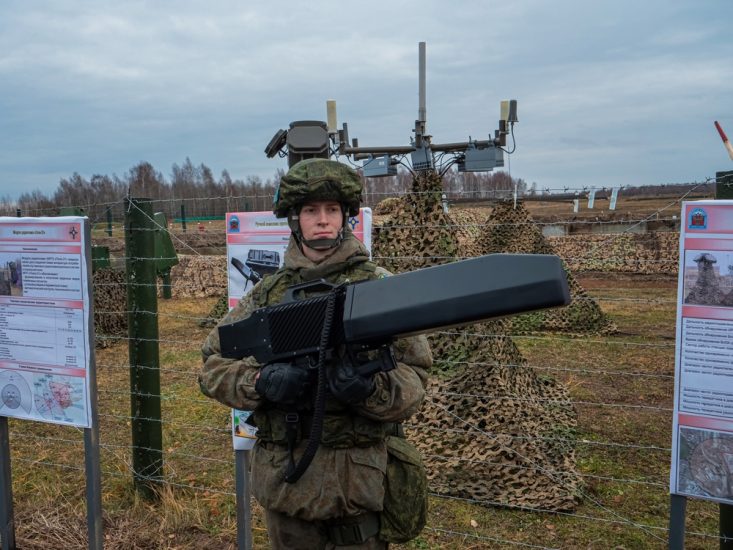“Ukrainian UAV losses remain at approximately 10,000 per month,” according to the latest report from the UK’s Royal United Services Institute (RUSI) think-tank.
“Russian electronic warfare (EW) remains potent, with an approximate distribution of at least one major system covering each 10 km of front,” says the latest RUSI analysis. “These systems are heavily weighted towards the defeat of UAVs and tend not to try and deconflict their effects….Russian air defences have also seen a significant increase in their effectiveness now that they are set up around known, and fairly static, locations and are properly connected. Although Russia has persistently struggled to respond to emerging threats, over time it has adapted. Russian air defences are now assessed by the Ukrainian military to be intercepting a proportion of GMLRS strikes as Russian point defences are directly connected to superior radar.
“Russian aviation remains constrained to delivering stand-off effects, ranging from responsive lofted S-8 salvos against Ukrainian forming-up points, to FAB-500 glide bombs delivered from medium altitude to ranges up to 70 km. The Ukrainian military notes that Russia has a large stockpile of FAB-500s and is systematically upgrading them with glide kits. Although they only have limited accuracy, the size of these munitions poses a serious threat. The Russian Aerospace Forces remain a ‘force in being’ and a major threat to advancing Ukrainian forces, although they currently lack the capabilities to penetrate Ukrainian air defences.
“Following the destruction of Russian command and control infrastructure in July 2022, the Russian military withdrew major headquarters out of range of GMLRS and placed them in hardened structures. They also wired them into the Ukrainian civil telecommunications network and used field cables to branch from this to brigade headquarters further forward. Assigned assets tend to connect to these headquarters via microlink, significantly reducing their signature. At the same time, from the battalion down, Russian forces largely rely on unencrypted analogue military radios, reflecting a shortage of trained signallers at the tactical level.
“An overview of Russian adaptation reveals a force that is able to improve and evolve its employment of key systems. There is evidence of a centralised process for identifying shortcomings in employment and the development of mitigations. Nevertheless, much of this adaptation is reactive and is aimed at making up for serious deficiencies in Russian units. The result is a structure that becomes better over time at managing the problems it immediately faces, but also one that struggles to anticipate new threats. The conclusion therefore is that the Russian Armed Forces pose a significant challenge for the Ukrainian military on the defence. Nevertheless, if Ukraine can disrupt Russian defences and impose a dynamic situation on them, Russian units are likely to rapidly lose their coordination. Changes in the air combat environment, for example, have led rapidly to incidents of Russian fratricide.”
For more information
(Image: Shutterstock – A Russian soldier with a hand-held GARPUN drone countermeasures system)




